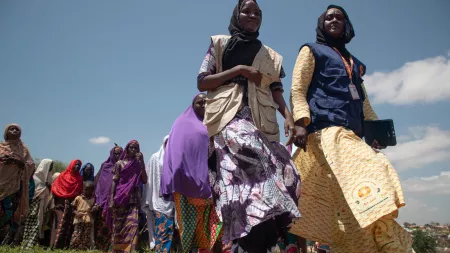Women have a human right to participate in the public and political life of their community and country. But it’s a right that’s often denied, especially in emergencies.
Since 2018 CARE has been working with partners, including women’s rights organisations and women’s community groups, to address gaps in the humanitarian system which undermine women’s meaningful participation in decision-making in humanitarian contexts.
“We used to be ashamed to speak in front of the men. It was considered by the community as a lack of shame... Now we are not afraid to defend ourselves when a decision does not suit us. We will say it out loud because we know the ways and means to claim our rights. And all this is thanks to the Women Lead in Emergencies project.”Women Lead Group Member, Diffa, Niger
We have piloted tools and approaches which support women’s voices and leadership and shifting power and resources directly to women in communities affected by crises.
The result of these pilots is the Women Lead in Emergencies (Women Lead) Approach: a set of adaptable programmatic components and tools to improve the accountability, inclusivity and effectiveness of humanitarian response.
The Women Lead pilots were undertaken across 15 locations in 6 countries. An original test of the model was undertaken in Tonga in 2018 and then pilots began in Uganda (2018), Niger (2019), and in Colombia, Mali and the Philippines (2020).
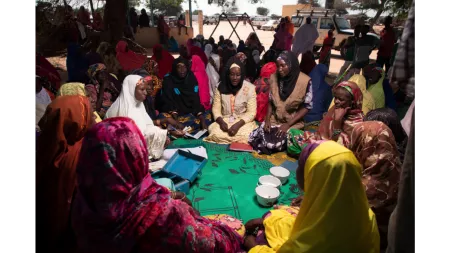
What changed?
- Women are more confident and ready to lead within their communities with tailored approaches to building confidence, skills, knowledge and self-efficacy. In Niger, 88% of participants felt confident that they understood their rights and entitlements compared to only 58% of non-participants.
- Women were not only more regularly present in decision-making forums, but were also inventive in how they engaged. Women Lead participants were more regularly present and more likely to meaningfully participate in decision-making: in both Niger and Uganda, group members were more likely to speak in public meetings than non-members (77% to 49% in Niger and 83% to 73% in Uganda).
- More women are leading and participating. In Niger, 31% of participants reported holding leadership positions compared to 9% of non-participants.
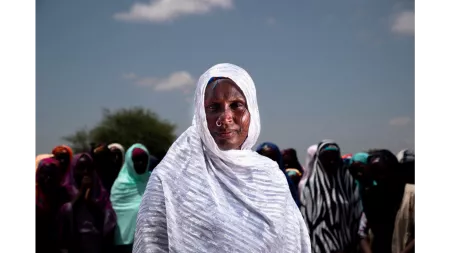
How did we get there?
- A five-step programme of engagement. At the core of the Women Lead in Emergencies Approach is a five-step programme of engagement called the Women Lead in Emergencies Model. These distinct but interconnected steps are designed to support women in collectively articulating the barriers they face in participation, strategising on how to address them, and taking action to do so.
- Putting resources in the hands of women themselves. Women Lead in Emergencies provides a dedicated activity budget controlled by women’s groups which can be used to meet their needs or to achieve goals they identified in the Act step of the five-step approach.
- Utilising CARE’s profile and influence to make space for women within humanitarian and community decision-making spaces: supporting women to engage community leaders, humanitarian actors and men and boys to be allies of women’s participation and leadership.
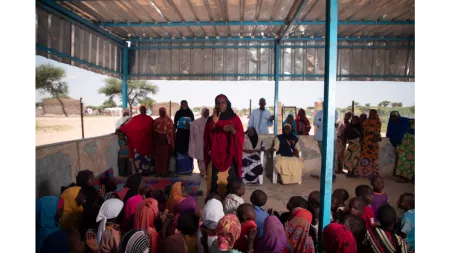
What did we learn?
- Women value Women Lead’s flexibility. The flexible nature of the approach means women are given tailored support to help them tackle the issues impacting them on their own terms. For instance, women often chose to focus on addressing the pre-conditions to participation - such as accessing psycho-social support – as opposed to directly influencing humanitarian actors.
- Engaging men is a vital component of Women Lead and does yield results, but progress on social norms is often not linear. The loss of power by any dominant group is uncomfortable, and the complex reactions of men to Women Lead highlights the need for continued engagement in all Women Lead projects.
- There is a need for greater documentation of project outcomes: There have been challenges in documenting some of the highest-level outcomes for Women Lead, particularly concerning advocacy and influencing. The project would benefit from the input of country teams to help develop solutions to documenting these outcomes, to capture the full depth of impact.
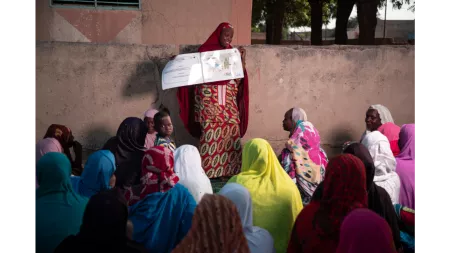
Where do we go next?
Going forward CARE will be focusing on moving Women Lead beyond the pilot stage, which has shown clear evidence of effectiveness. We will be scaling Women Lead in Emergencies beyond the six pilot locations with new projects which have already begun in Bangladesh (2021), South Sudan (2022), Myanmar (2022), and Ethiopia (2022).
Want to learn more?
Read the learning paper and accompanying summary document for more information about the findings from our independent multi-country evaluation.
